Spain's bear population is growing, thanks to crucial conservation work.

The recovery of the Iberian lynx is one of the world’s greatest conservation comebacks. In October 2023, The European Nature Trust’s Jacob Dykes visited our partners at CBD-Habitat – an organisation that has played a key role in Spain’s Iberian lynx recovery.
Under an azure sky in the Toledo district, just 30-minutes trainride from Madrid, the scent of petrichor from the Mediterranean forest hits the nose. As red kites leap from oak to oak, Samuel Pla, senior technician at CBD-Habitat foundation, slows the car engine to a halt and winds down the window. He strains to hear the sharp, piercing sound of a magpie’s call – ‘it’s an alarm sound, you hear it?’ he says. ‘We’re close now to the lynx’.
For an hour this afternoon, we had been tracking wild Iberian lynx using a telemetry antenna which picks up the location and distance of radio-collared lynxes – an activity that CBD-Habitat use to monitor the growth and distribution of Spain’s recovering population. The blue flash of the magpie’s wings drops past an oak tree on the Mediterranean savanna, and for a brief moment, it cuts past the silhouette of a cat-like shape, hard to pick out as night creeps forth. ‘Tres linces!’ whispers Nuria El Khadir, director of CBD-Habitat. With all this tracking equipment, it was the humble magpie, nature’s sentry, that pointed out the lynx to us. And not just one, but three – a mother with two cubs.
Pla pulls a thermal imaging scope from his bag and hands it to me. I can just make out three surprisingly large, spotted figures with the naked eye. With the imaging scope, they illuminate into a burning white, seen tracking a big group of rabbits a few hundred meters ahead.
This would have been a very, very rare sight just 15 years ago, were it not for a monumental effort from NGO’s like CBD-Habitat to recover Spain’s lynx population from a historic low of just 94 individuals, to more than 1,600 today.
It has been a difficult history for the iconic, endemic species: in the early 20th century, lynxes were intensely persecuted for hunting sport and the trade in its exotic fur. In the 1950s, a drastic decline in the abundance of wild rabbit – lynx’s main prey – brought about by an outbreak of myxomatosis, saw lynx numbers drop intensely. By the 1990s, the rabbit disease had swept across Europe, and when a new variant of Rabbit Haemorrhagic Disease (RHD) emerged, lynx numbers spiralled to just 94 individuals isolated in two populations in Andújar and Doñana.
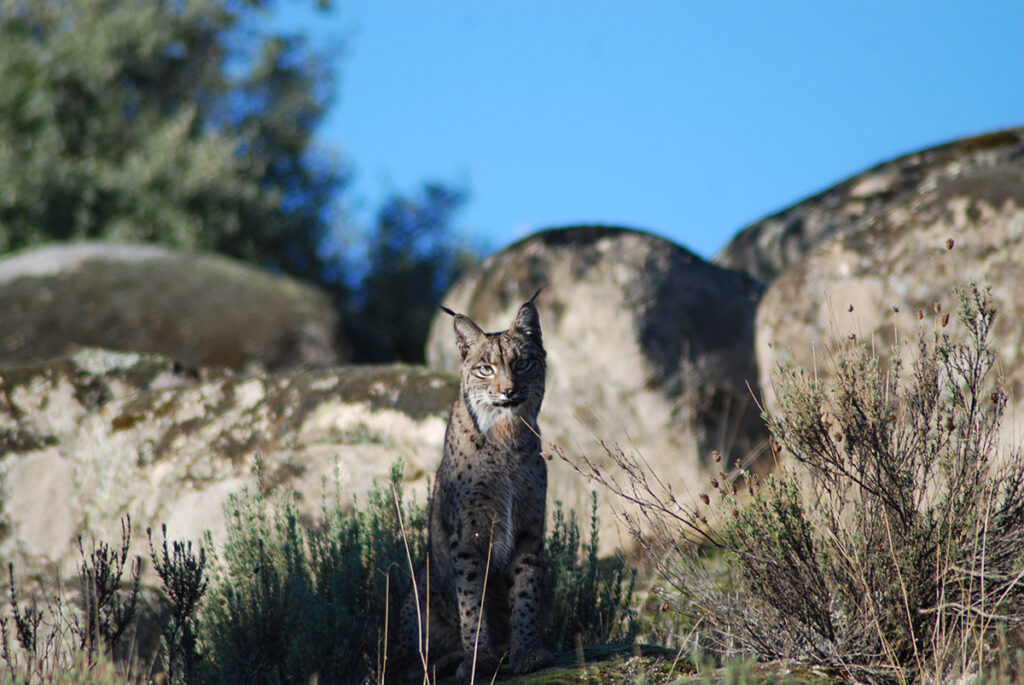
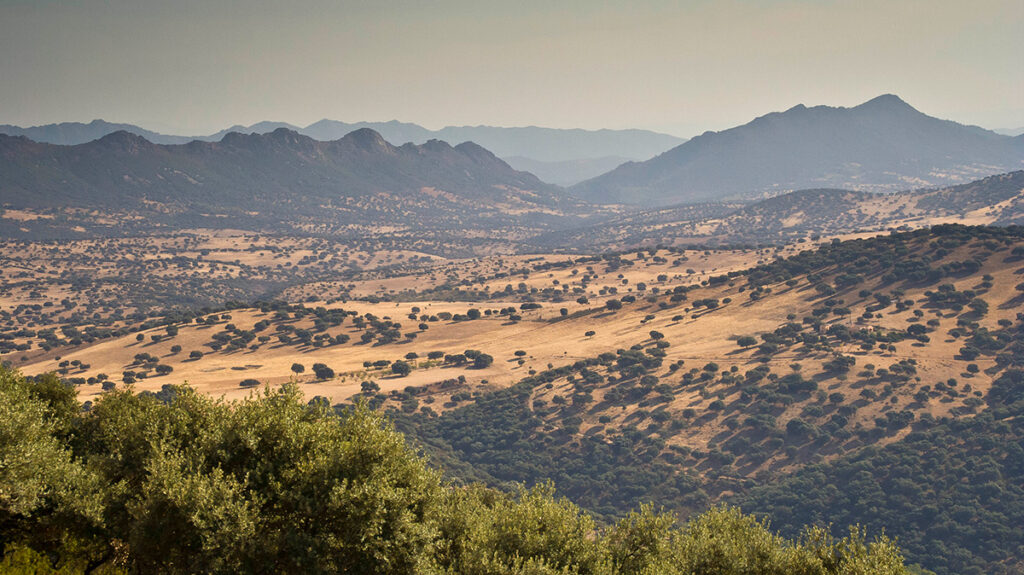
Images courtesy of: CBD-Habitat, El Encinarejo
Seeing that the population was on the brink of collapse in 2002, the European Commission’s LIFE programme brought together more than 20 organisations, including CBD-Habitat, to step in and revive the population. ‘The dangerous situation really brought groups together,’ says Carmen Rueda, technician at CBD-Habitat. The strategy was relatively simple: establish a network of breeding centres; create a genetically-resilient stock population; and release them into the wild at carefully selected sites across their historic range. Since those early days, those ‘seed’ populations have successfully been established, growing the number of wild Iberian lynx from a historic low of below 100 individuals to more than 1,600 today, now spread across eight distinct populations. It would have been the first felid species to go extinct since the sabre-toothed tiger. 'Thanks to successive LIFE projects of the European Union, together with other private and public funds, we have been able to save this feline from extinction, together with administrations, other NGOs and organisations,' says Rueda.
Today, the CBD-Habitat team are monitoring many of the reintroduced populations, tracking their movement and behaviour with camera trapping and radio collars, and monitoring their breeding cycles. Just last year alone, more than 400 cubs were born – a promising stat for the future.
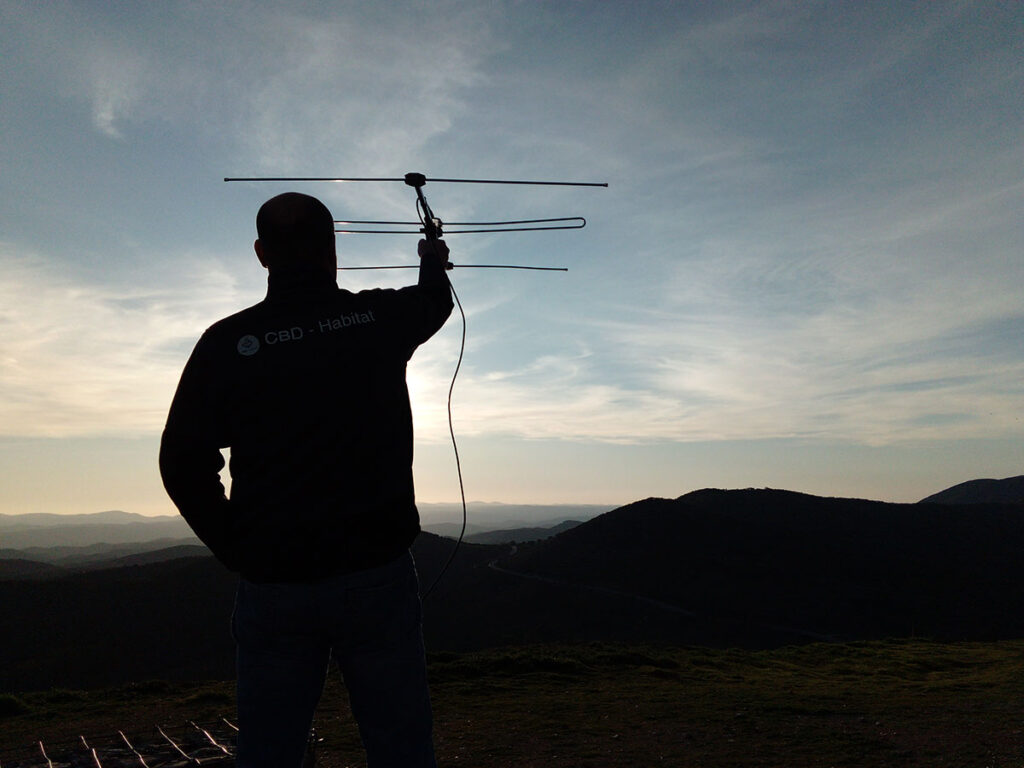
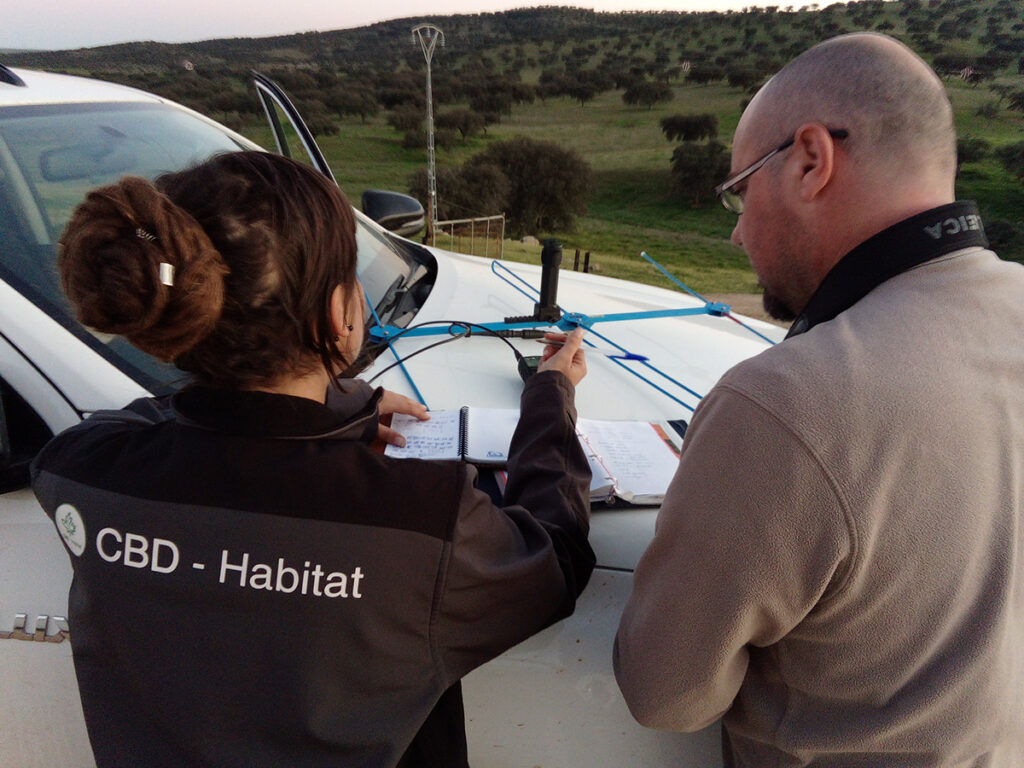
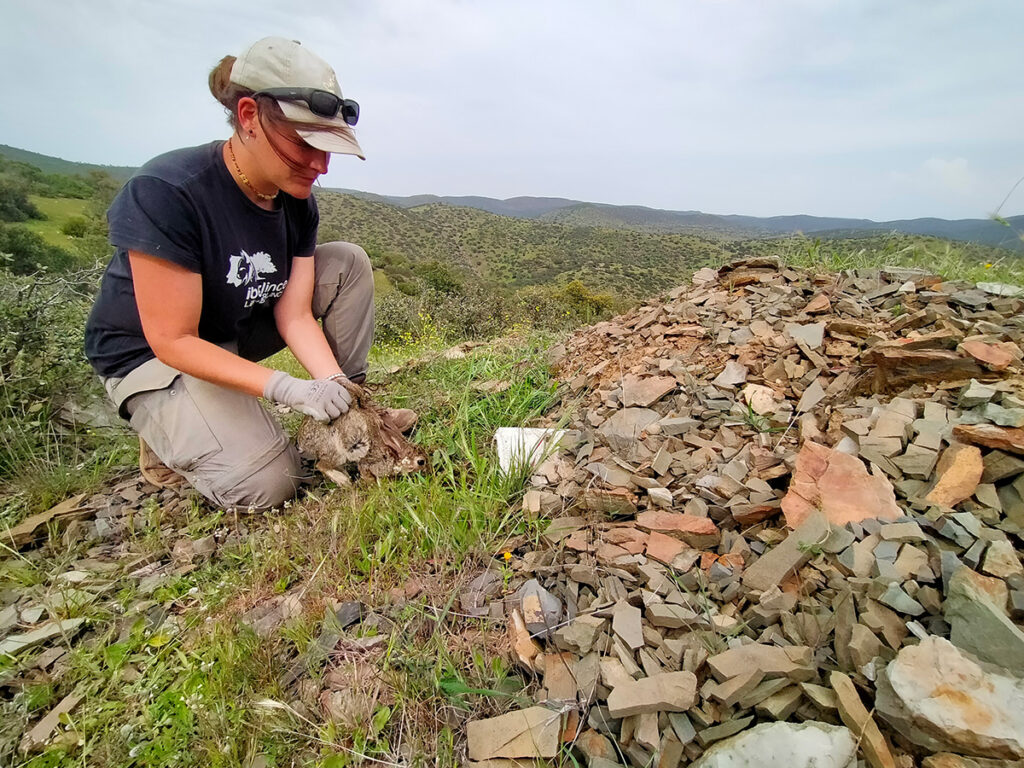
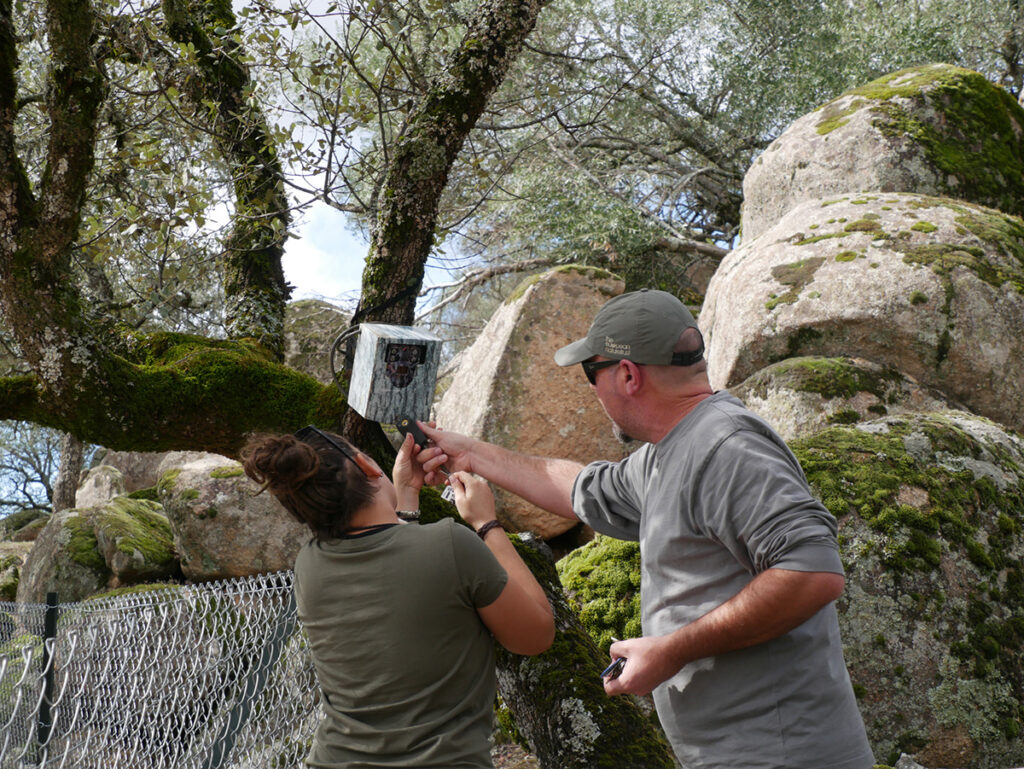
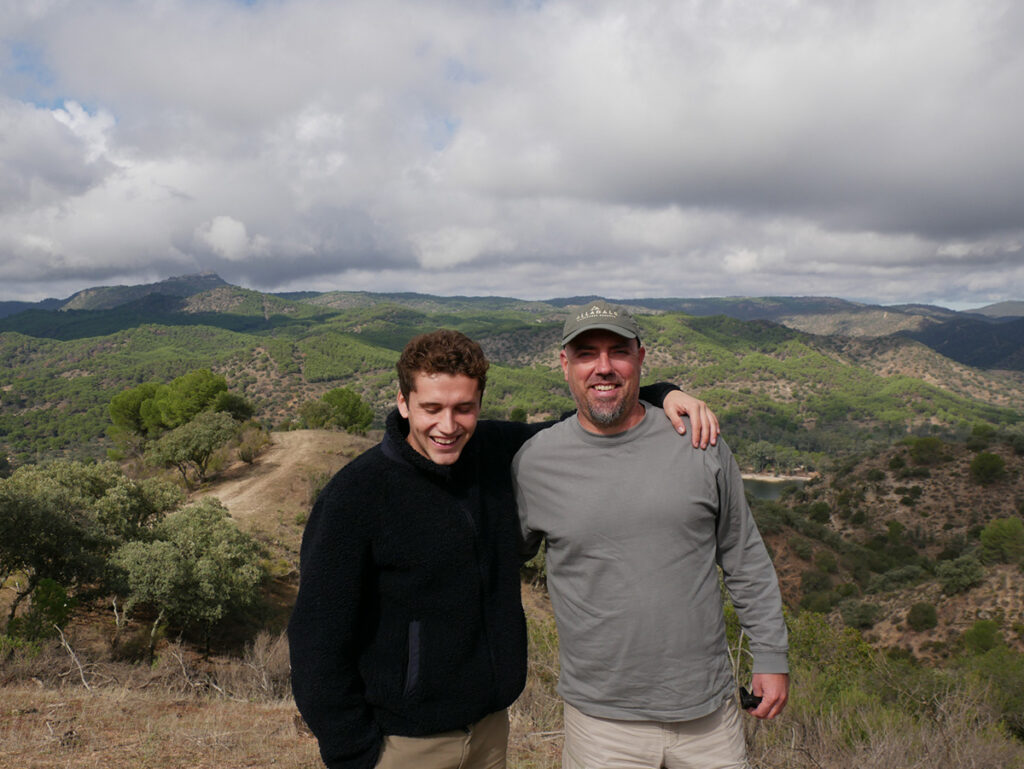
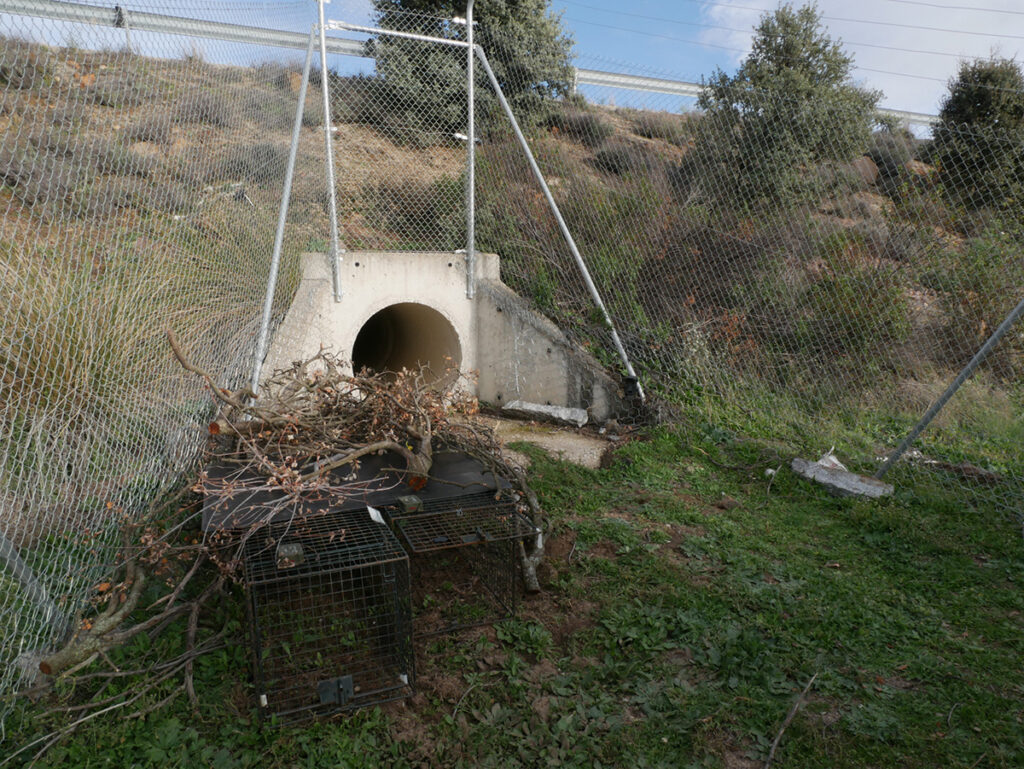
In 2023 alone, CBD-Habitat have made significant achievements:
The following morning, Pla and I are back out on the ranch at El Castañar in Toledo. The air is still and pink clouds drift idly above the Dehesa, a traditional agricultural landscape highly suited to the lynx’s hunting habits. It takes just 10 minutes of driving before we see a younger lynx with the white tale of a rabbit dangling from its mouth. ‘My gosh, we are so lucky,’ says Pla. ‘The owners of this place were some of the early adopters of lynx conservation work. You can really feel it in the rabbit and lynx comeback here.’
In many areas of rural Spain, the population recovery has been helped by a willingness of local communities to welcome back the carnivore. Fortunately, ‘the lynx is not a very conflictive animal,’ says Carmen. ‘It’s handsome, people like watching the animal and ecologically speaking, it is beneficial for hunting groups.’ Lynx, by controlling the amount of prey available, reduce the numbers of other predators lower down in the food chain, such as foxes and mongoose. In turn, the numbers of game species begin to rise, benefitting hunting groups. The support of landowners is key to the project’s success; since the return of the lynx, many have even created ecotourism businesses that enrich income from traditional olive, cereal and livestock farming, (see El Encinarejo, and Quintos de Luciañez).
However, there is significant work to be done. In 2020, the LIFE LynxConnect project was launched– an effort to link up these new populations by creating at least 10 wildlife corridors, which scientists call ‘stepping stones’ – passageways of plentiful habitat encouraging isolated lynx populations to disperse and connect with one another. One of the main challenges is ensuring there are enough rabbits in these areas. ‘Without rabbits, you don’t have lynx,’ says Pla. In corridor areas, the CBD-Habitat team are working with landowners to improve the rabbit populations, enriching vegetation, constructing artificial warrens, and translocating them from other rabbit-rich regions.
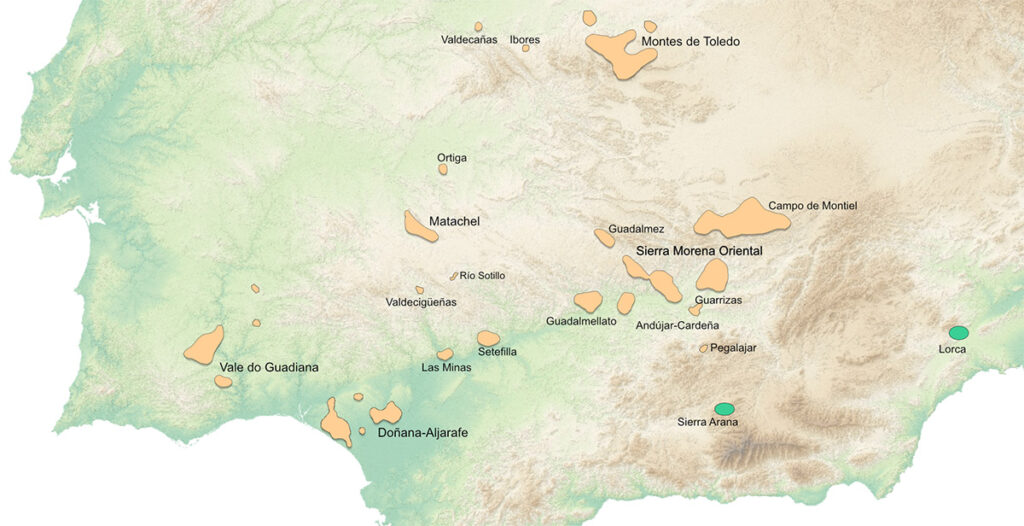
But amid climate change, the rabbit population is declining in many key areas, such as Andújar. This year, a prolonged period of drought created unpredictable rainfall patterns, drying vegetation and impacting the rabbit’s ability to breed. In turn, the breeding patterns of lynx in key regions is becoming more unpredictable. This makes rabbit monitoring and population improvement works from groups like CBD-Habitat that much more important to growing and maintaining the overall range of the lynx.
The Iberian lynx is slowly glimpsing salvation. However, there is still much work to be done. The reintroduction populations have been a turning point, but there are still many areas where the Iberian lynx was present in the past and is now extinct. Encouraging the natural expansion of populations and settlement in new areas, as well as creating new reintroduction nuclei, are key to guaranteeing a Favorable Conservation Status for the species. In addition, we must not forget the mother areas. Doñana and the Sierra de Andújar-Cardeña are sanctuaries for the lynx. They are internationally emblematic regions for their rich and unique biodiversity; places from which the lynx never disappeared, a land where they belong.
Spain's bear population is growing, thanks to crucial conservation work.
Through the FIRNS initiative, TENT is working on a new blueprint for investment into nature recovery.
8 international journalists tell the story of Belizean conservation

